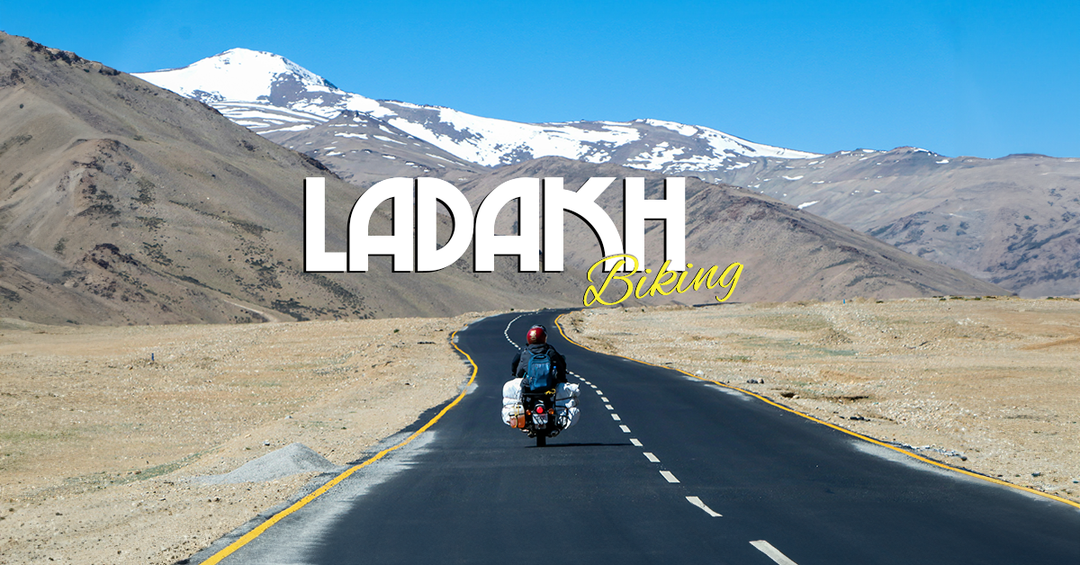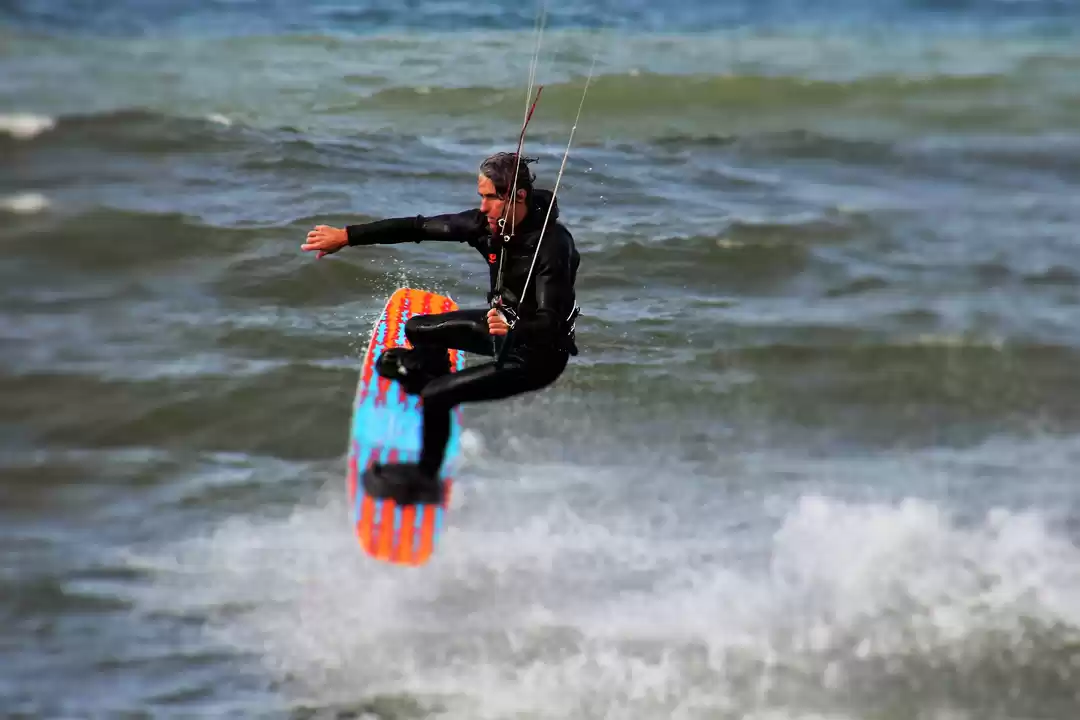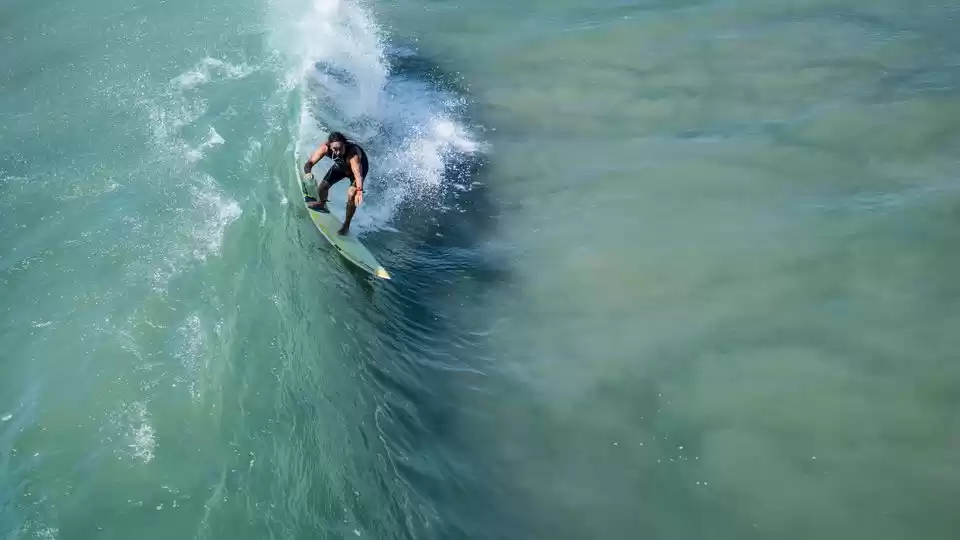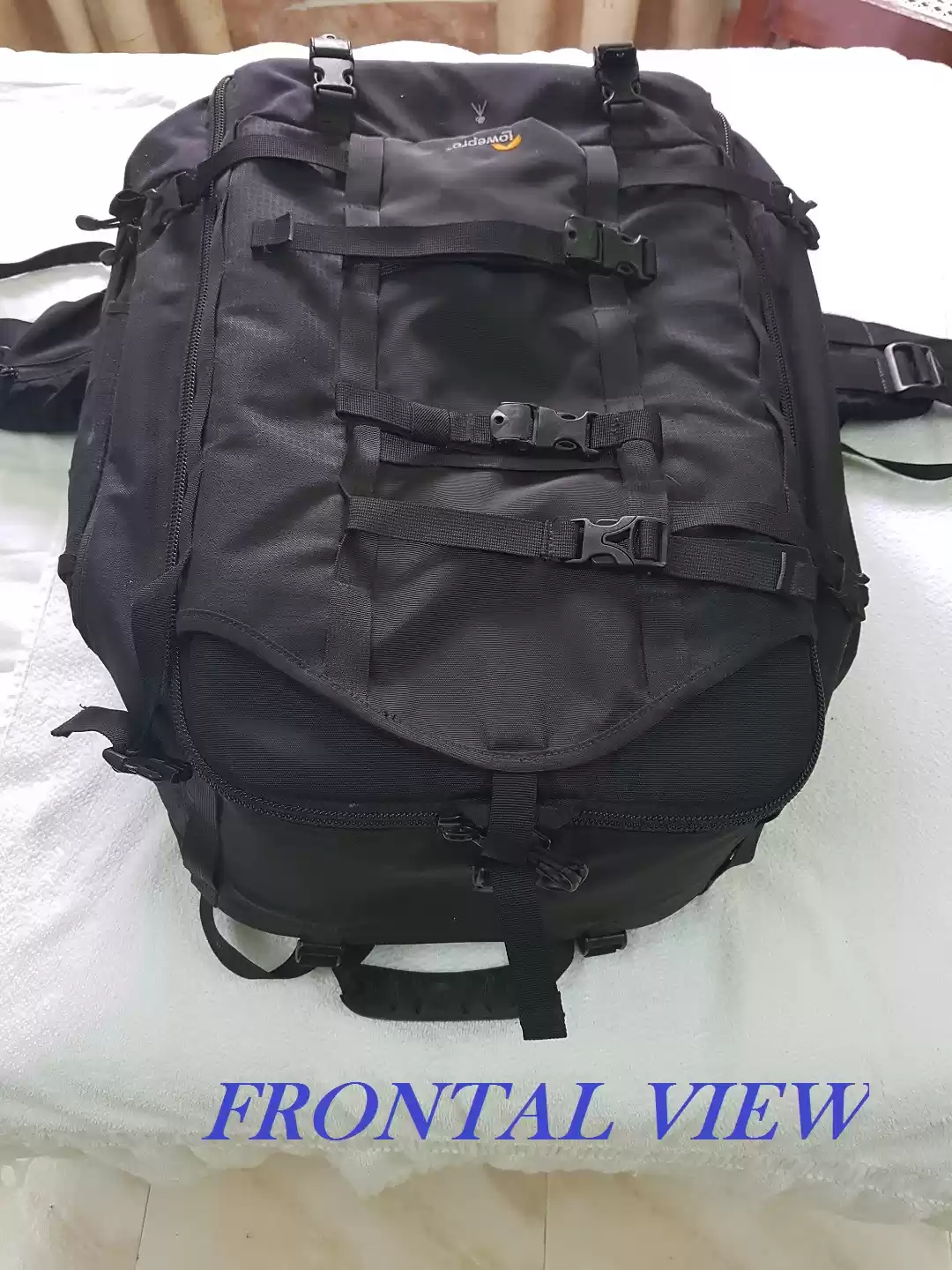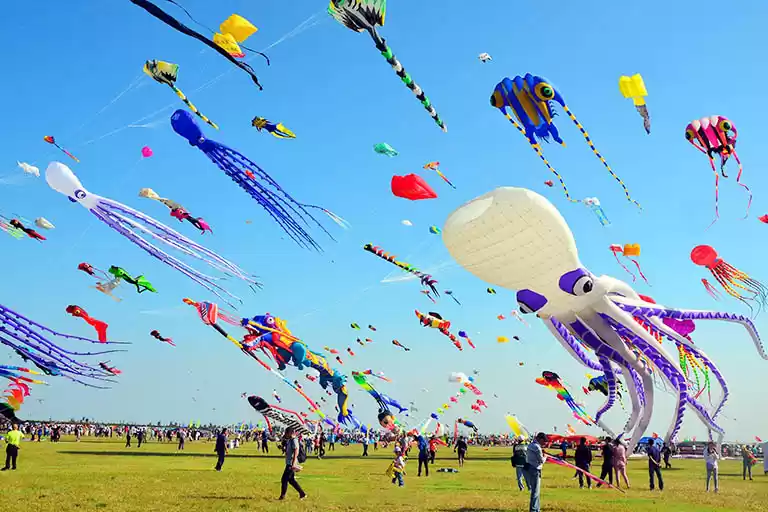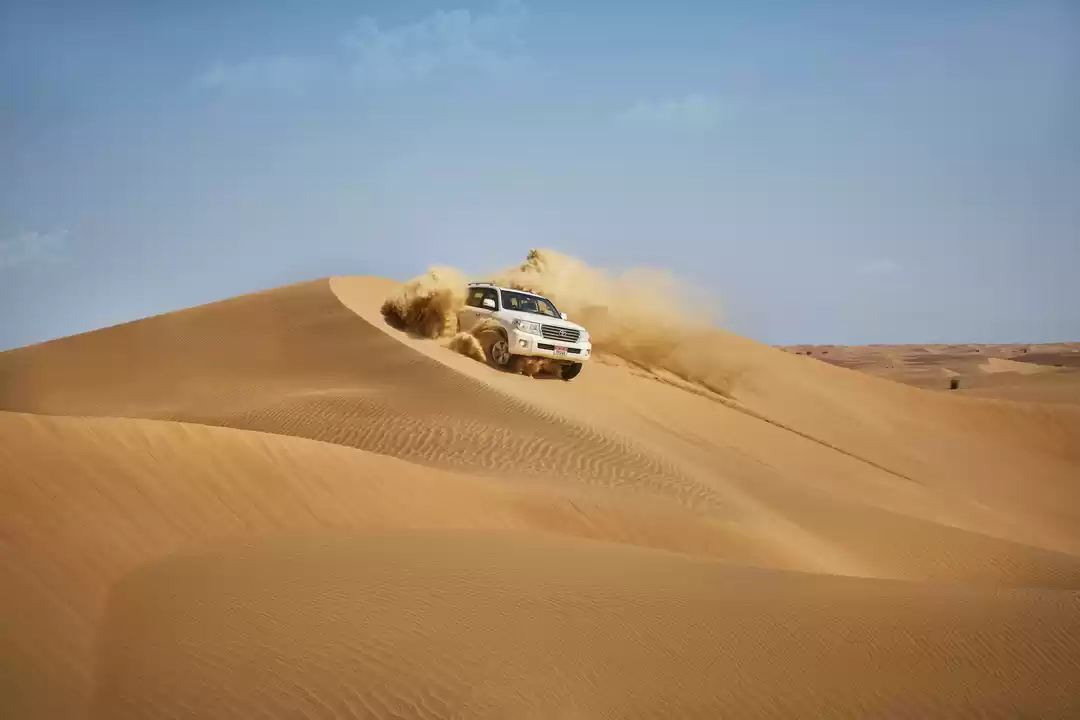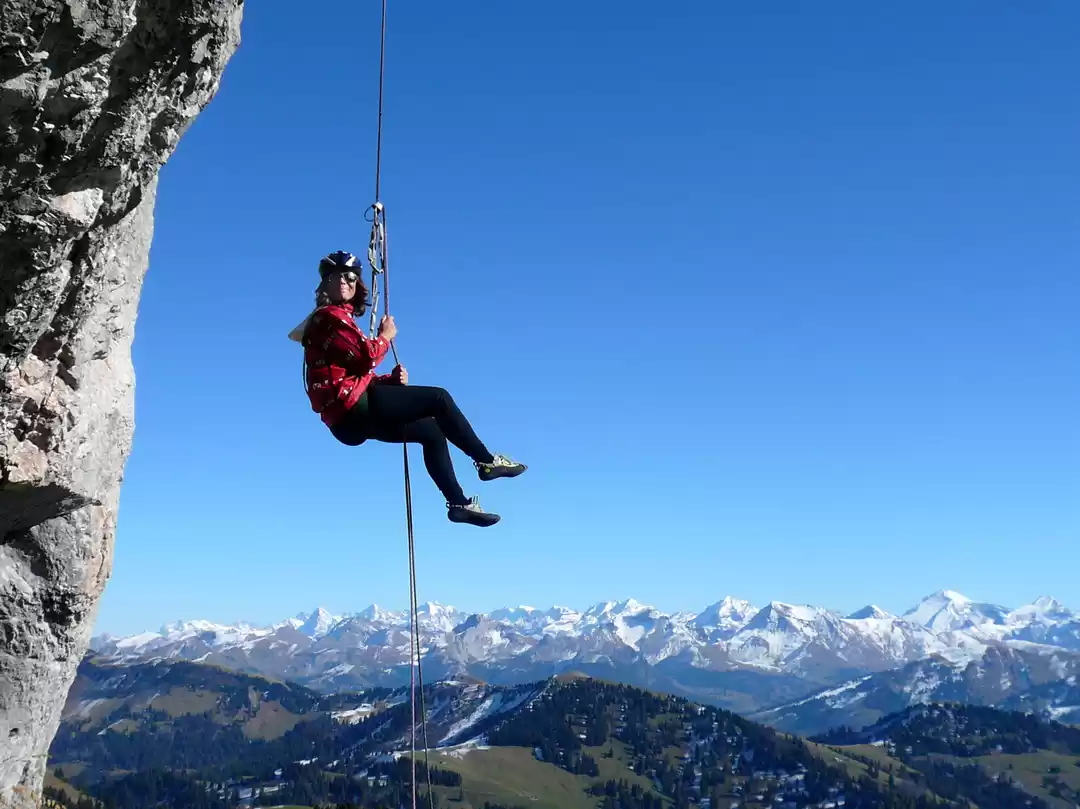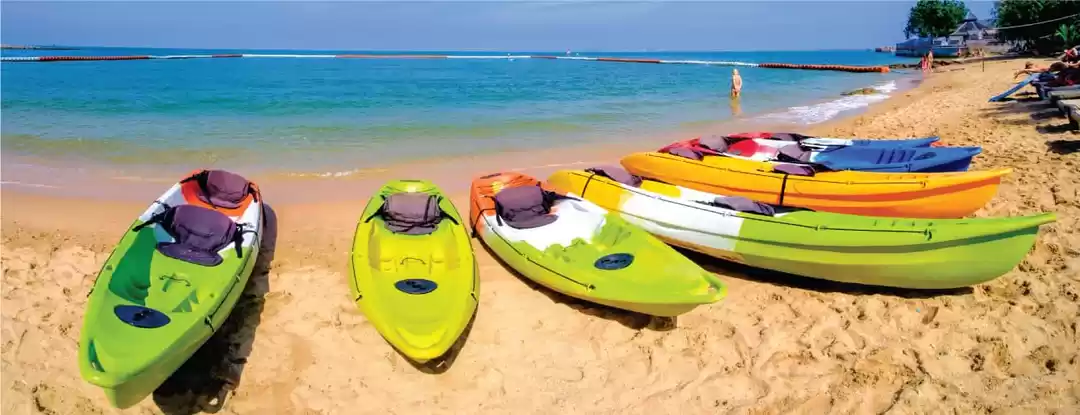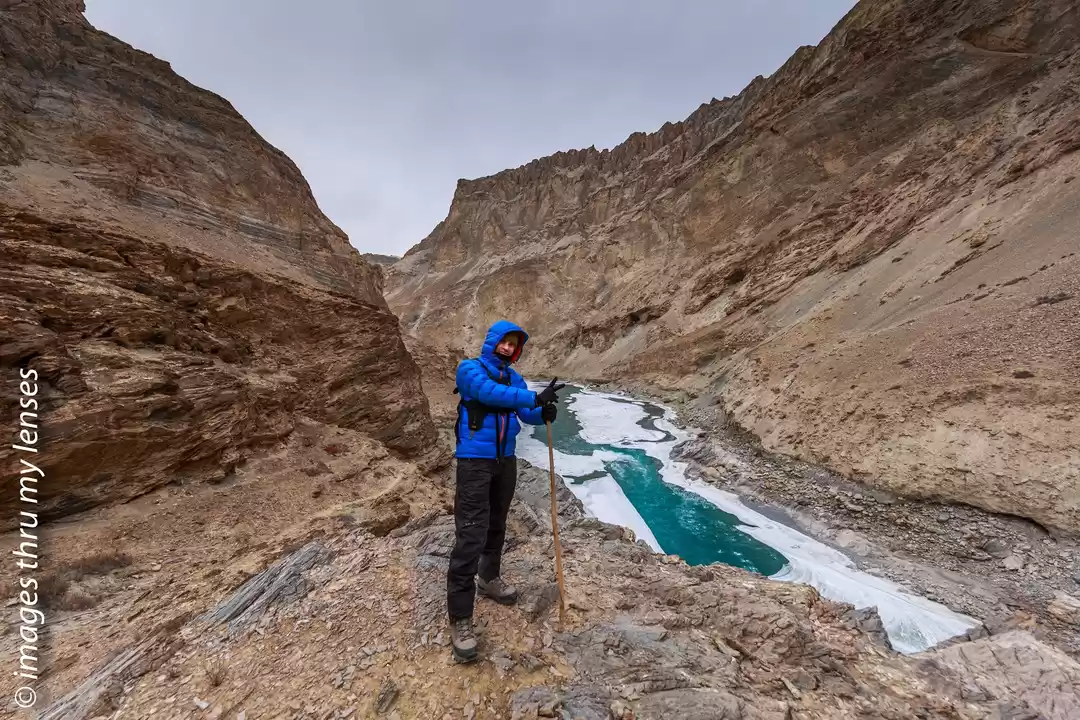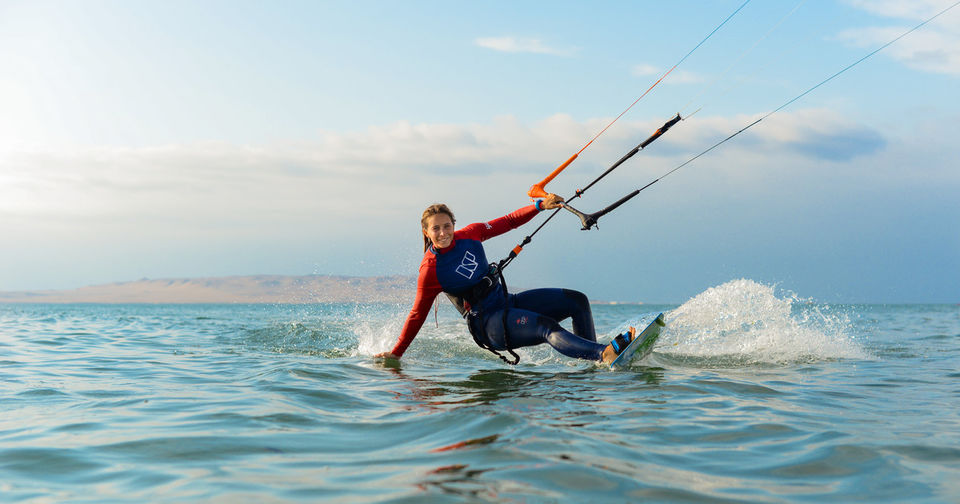
Kitesurfing Boards are obviously a very important element of kitesurfing. There is far too much focus on the kites when, in many situations, the type of board used will make the big difference instead of the kite type or size. Kiteboards are made of different materials depending on the type and purpose they are used for.
There are different types of kitesurfing boards. Taking into consideration that kitesurfing is one of the fastest growing sports it is expected to see new types of kite surfboards with new materials, shapes, etc. to be brought to the sport in the coming years.
Originally kitesurfers used this type of boards, they were basically surfing boards and later on modified surfing boards. Nowadays there are several different types of directional boards designed to be used for kitesurfing in waves or in light wind conditions. The main characteristic of a directional kiteboard is that it has a different shape in the nose and in the tail and therefore the nose always has to point in the direction the kitesurfer is traveling. The kitesurfer needs to either ride toeside or jibe when changing direction. These boards can be found with foot straps or without straps. They are the favorites for waves kitesurfing.
These boards have their origin in another sport, wakeboarding. They have the same shape in the nose and in the tail and as a result, can be ridden in both directions. They have foot straps mounted to permit a wide variety of jumps and tricks. Twin tip boards are the easiest to learn on and are by far the most popular. There are a few different types within the twin tip boards depending on the discipline, freestyle, freeride, beginners, low wind, etc.
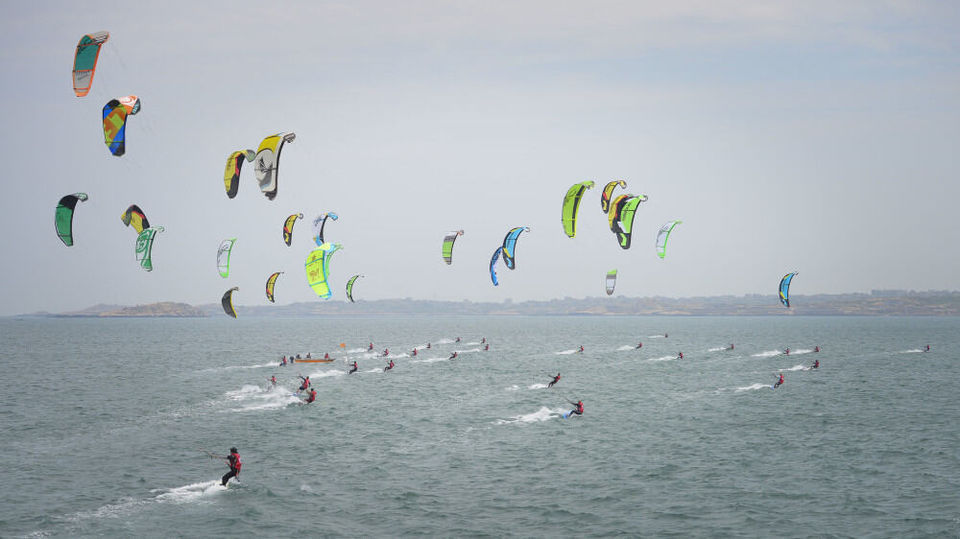
It is a special type of board that combines characteristics of directional and twin tip boards. They are commonly used to ride in choppy waters or small not very powerful waves. They have a different shape in tail and nose but still are able to ride in both directions.
Most of the available skimboards have been designed for skimboarding with no fins and no straps. There are a few skimboards designed for kitesurfing that include the possibility to install fins. Mark Shinn introduced the first kitesurfing oriented skimboard. These boards can be used in low wind conditions, in flat water as well as in small waves.
Directional kitesurfing boards are designed especially for reaching high speeds. They are almost only used for racing competitions although they are starting to be used in other situations because of their excellent light wind conditions performance.








